AGNES MARTIN (1912-2004)
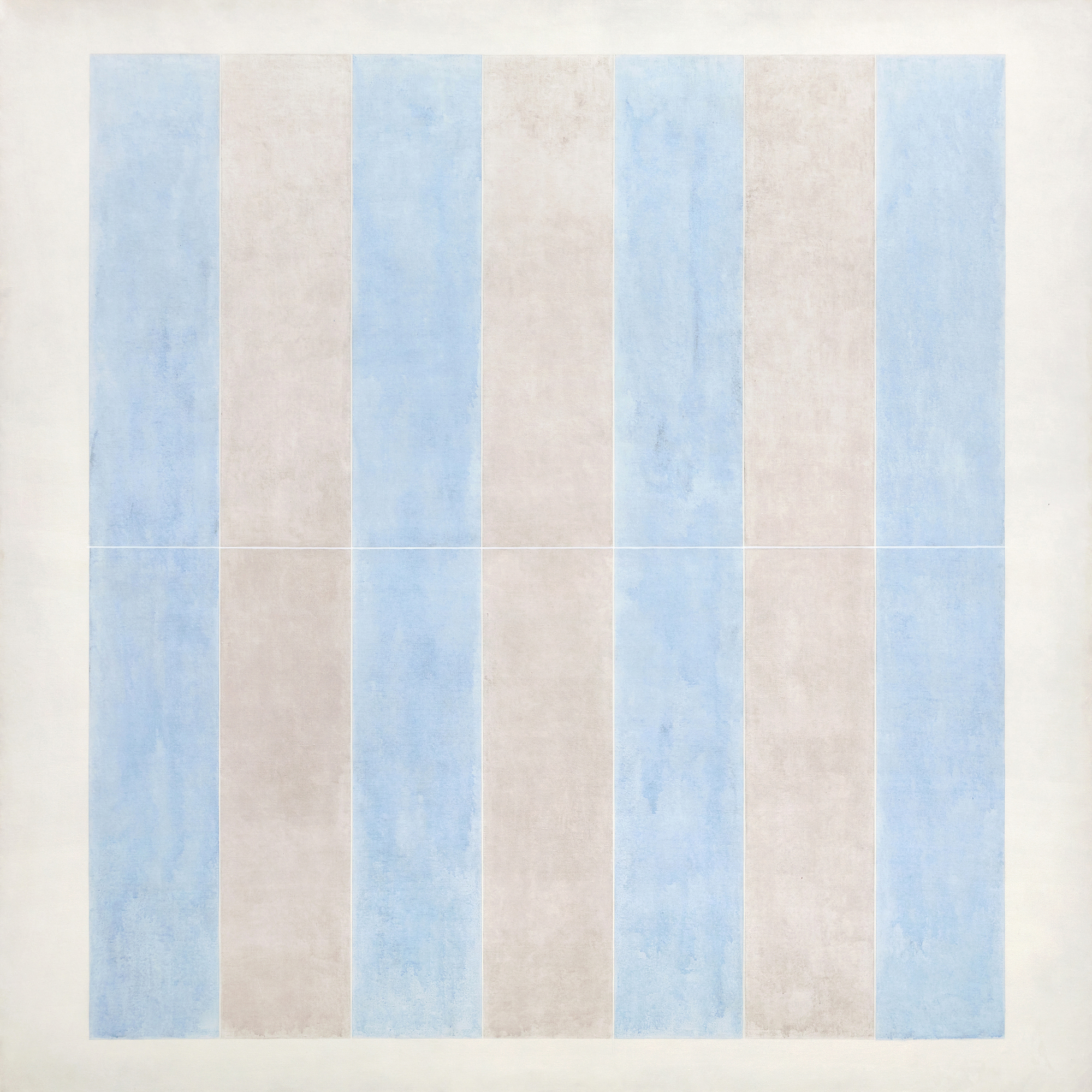

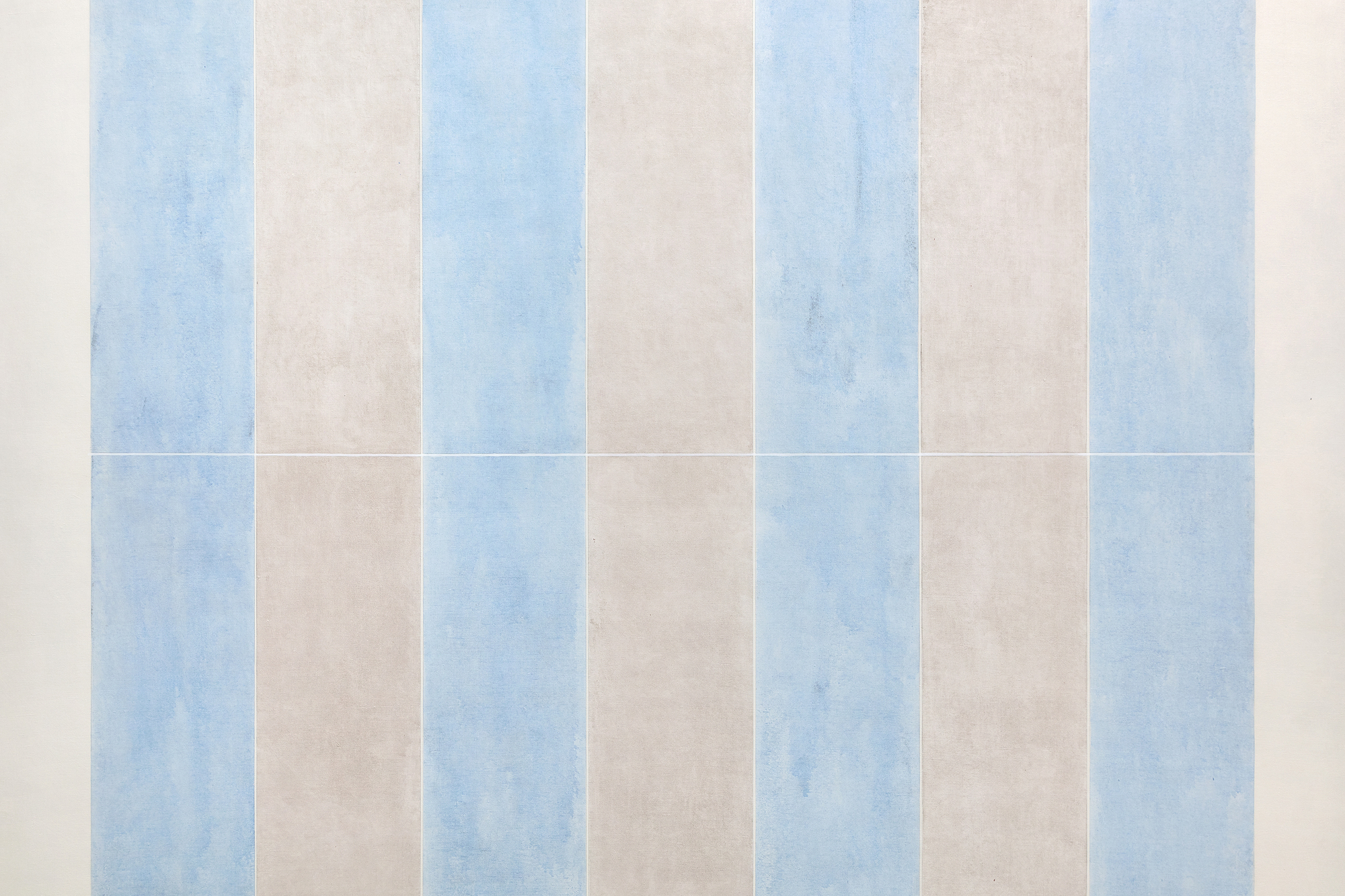
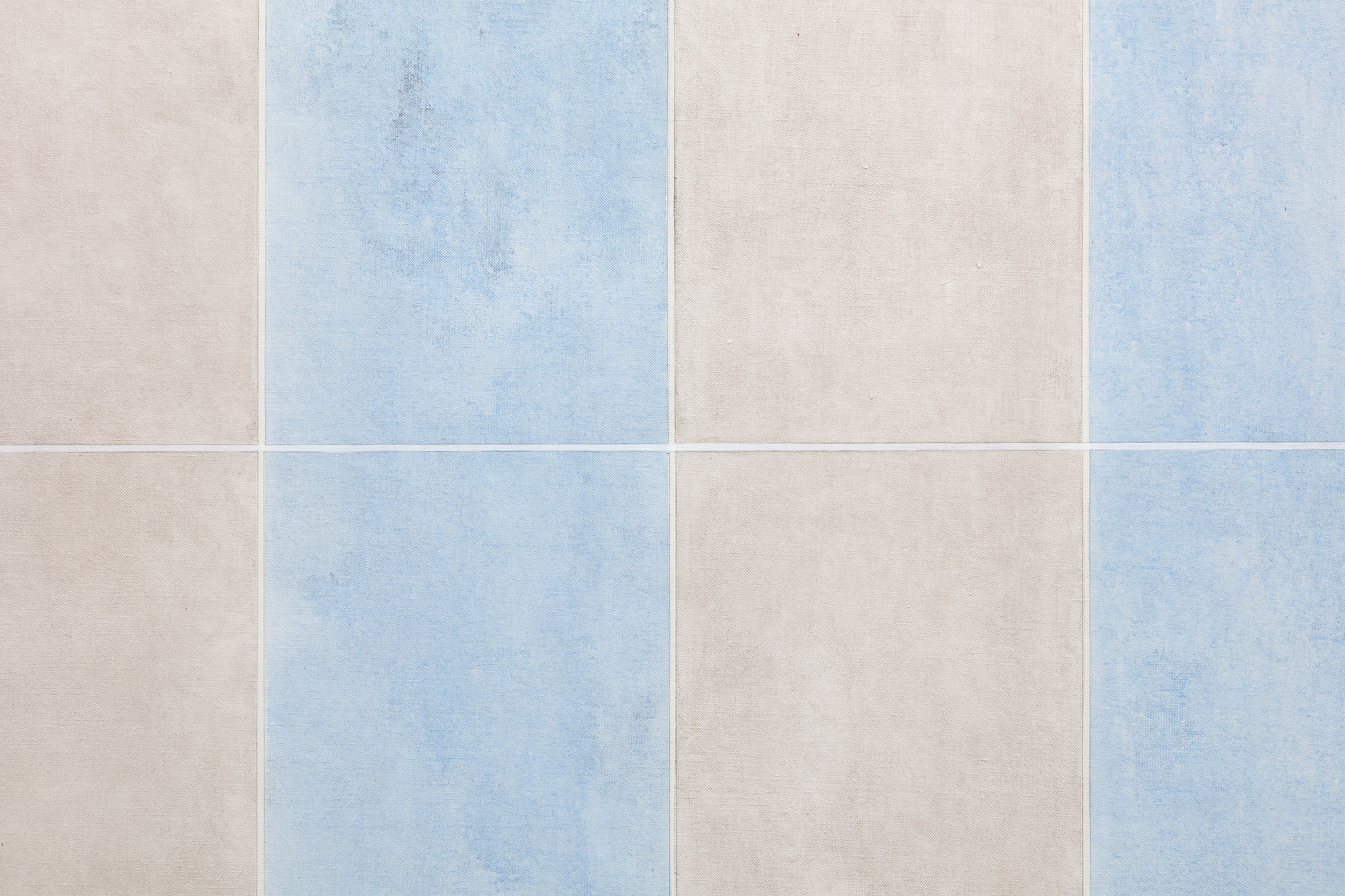
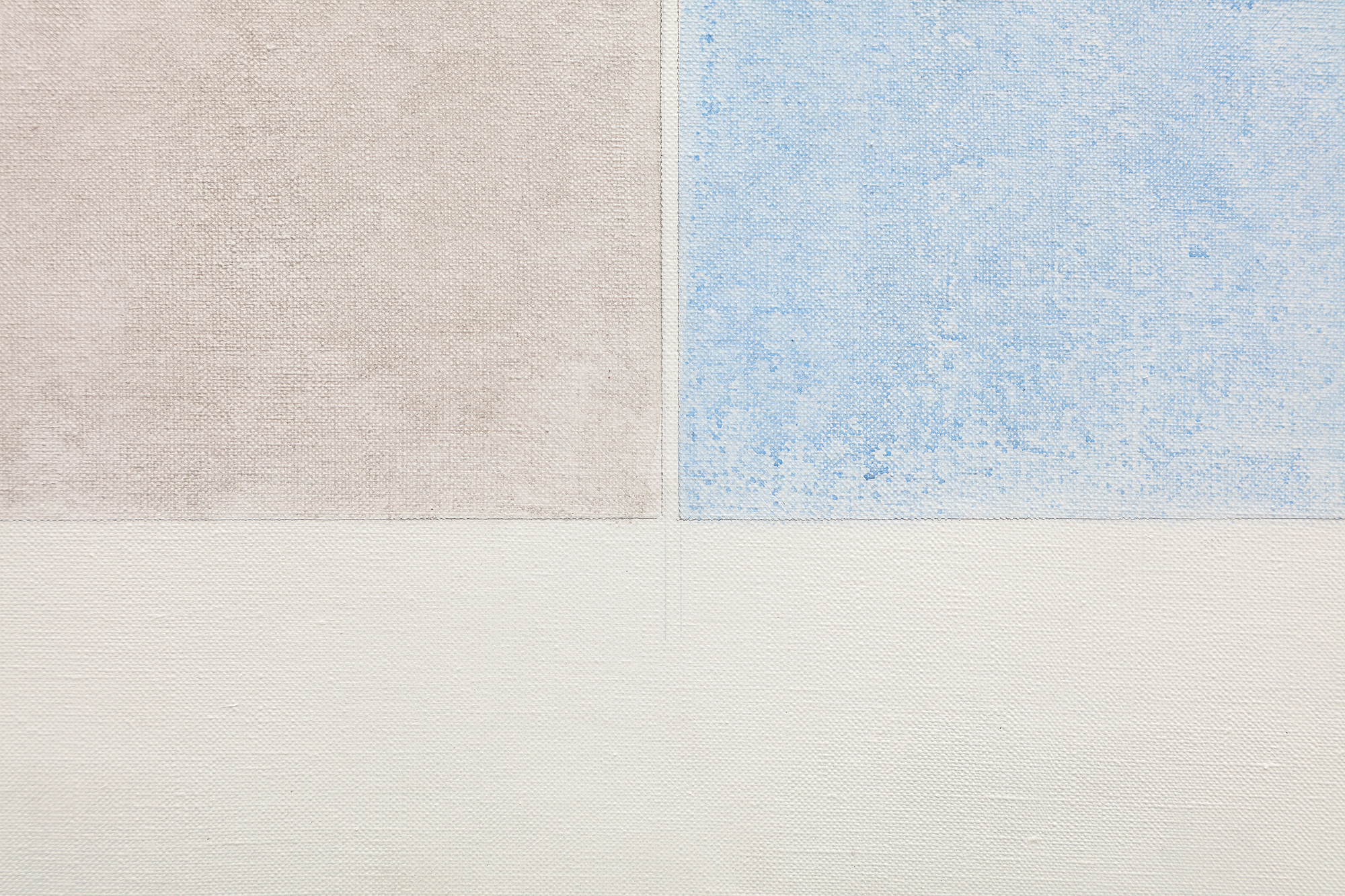
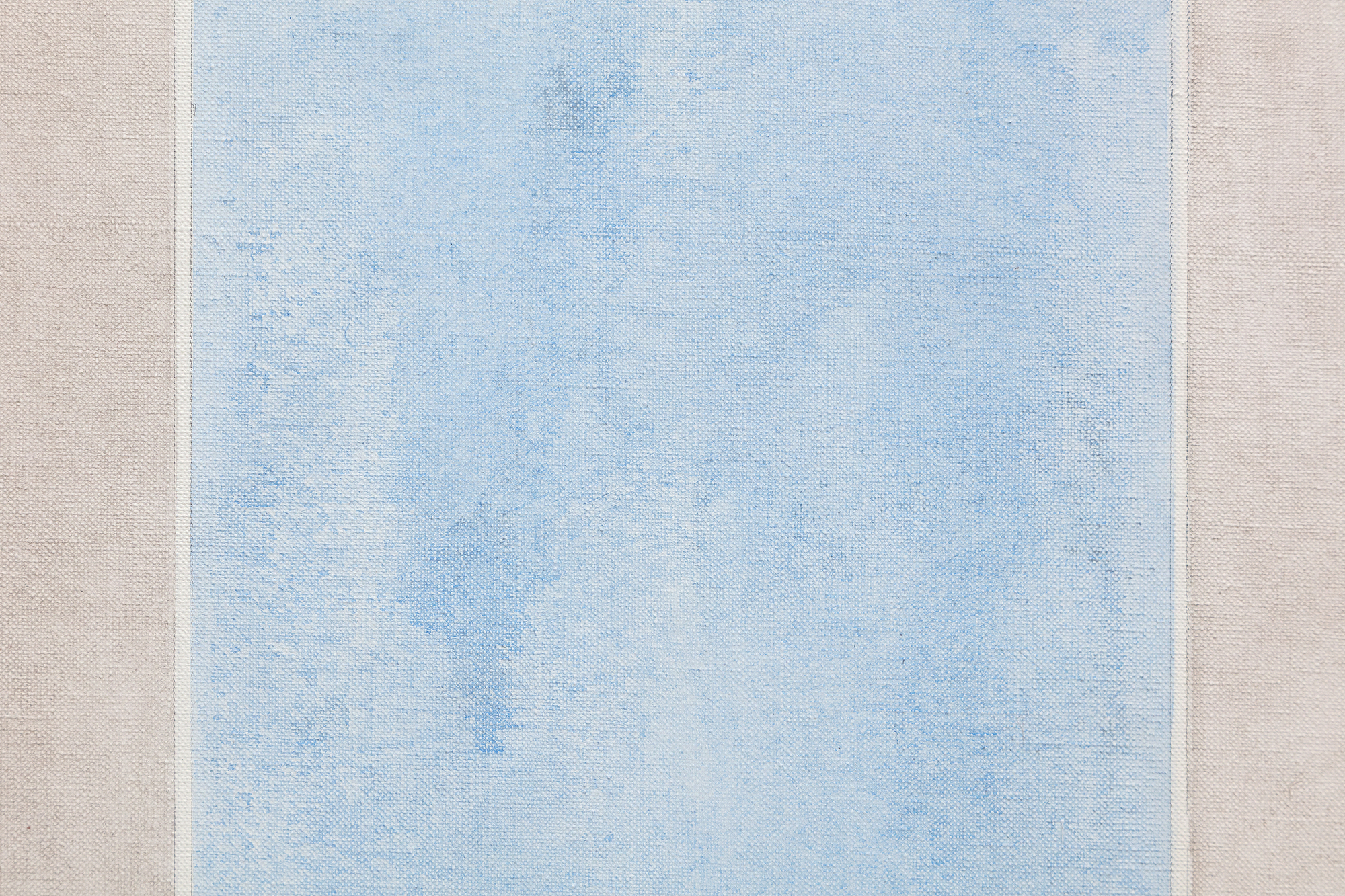
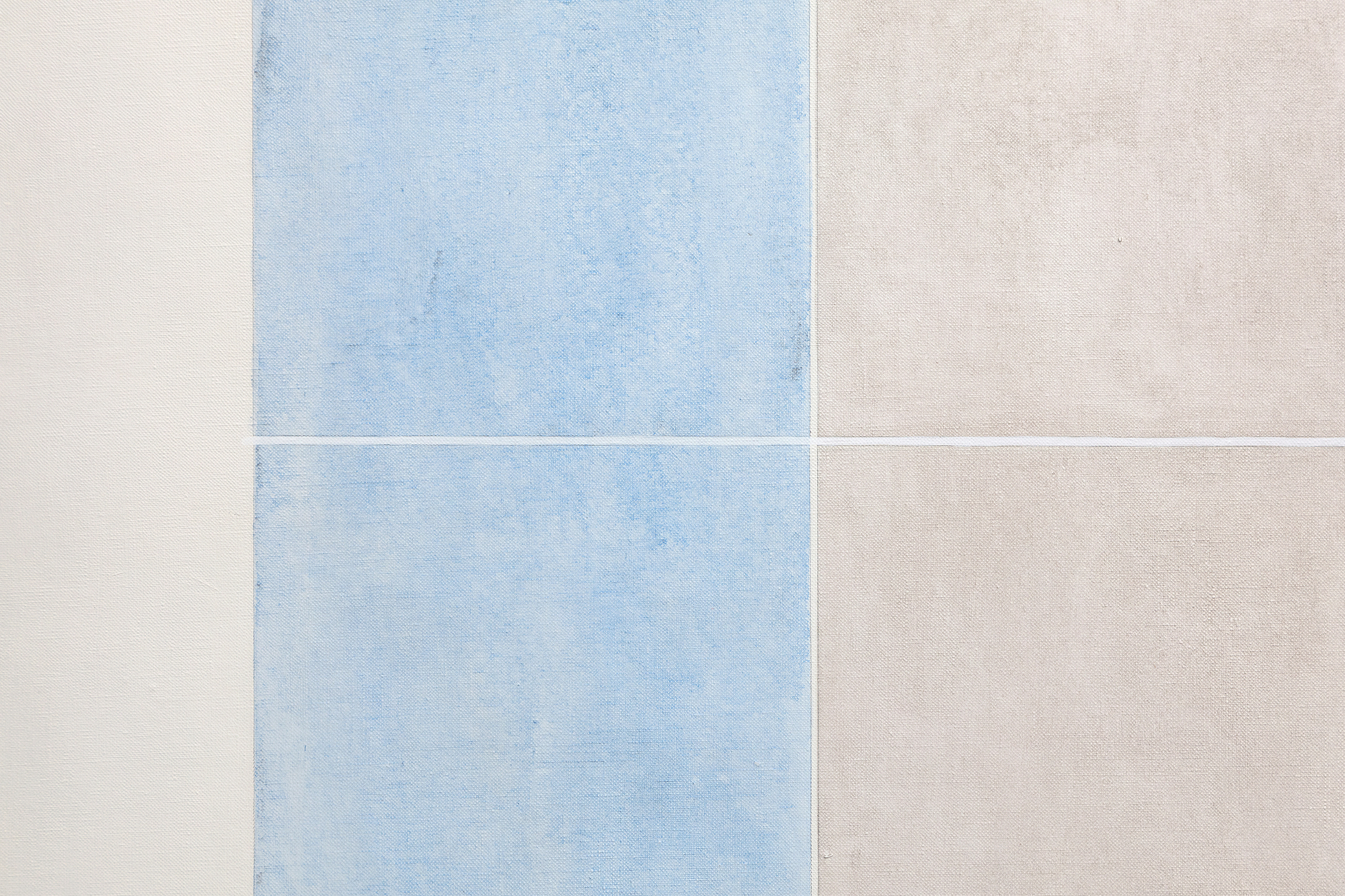
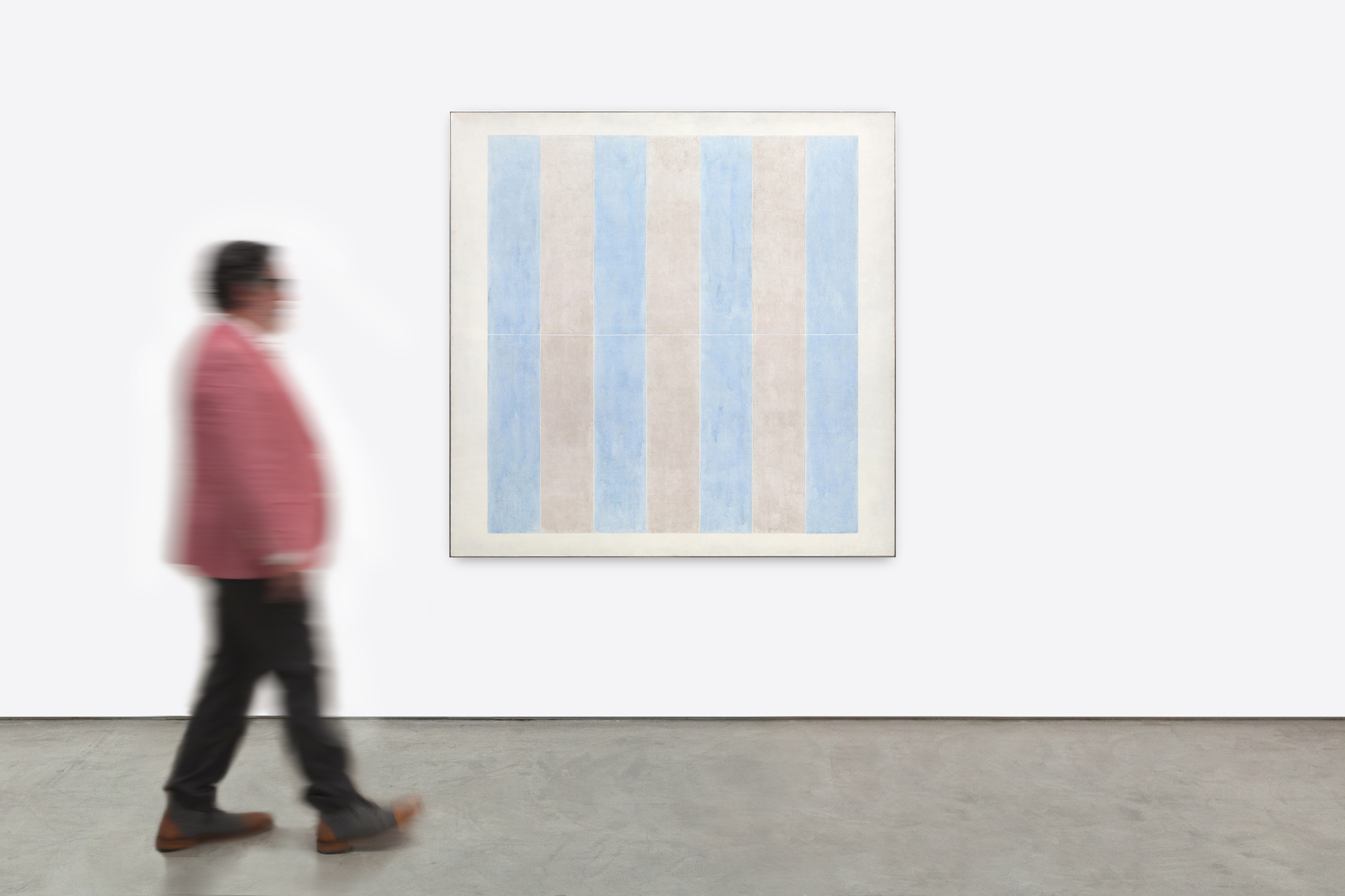
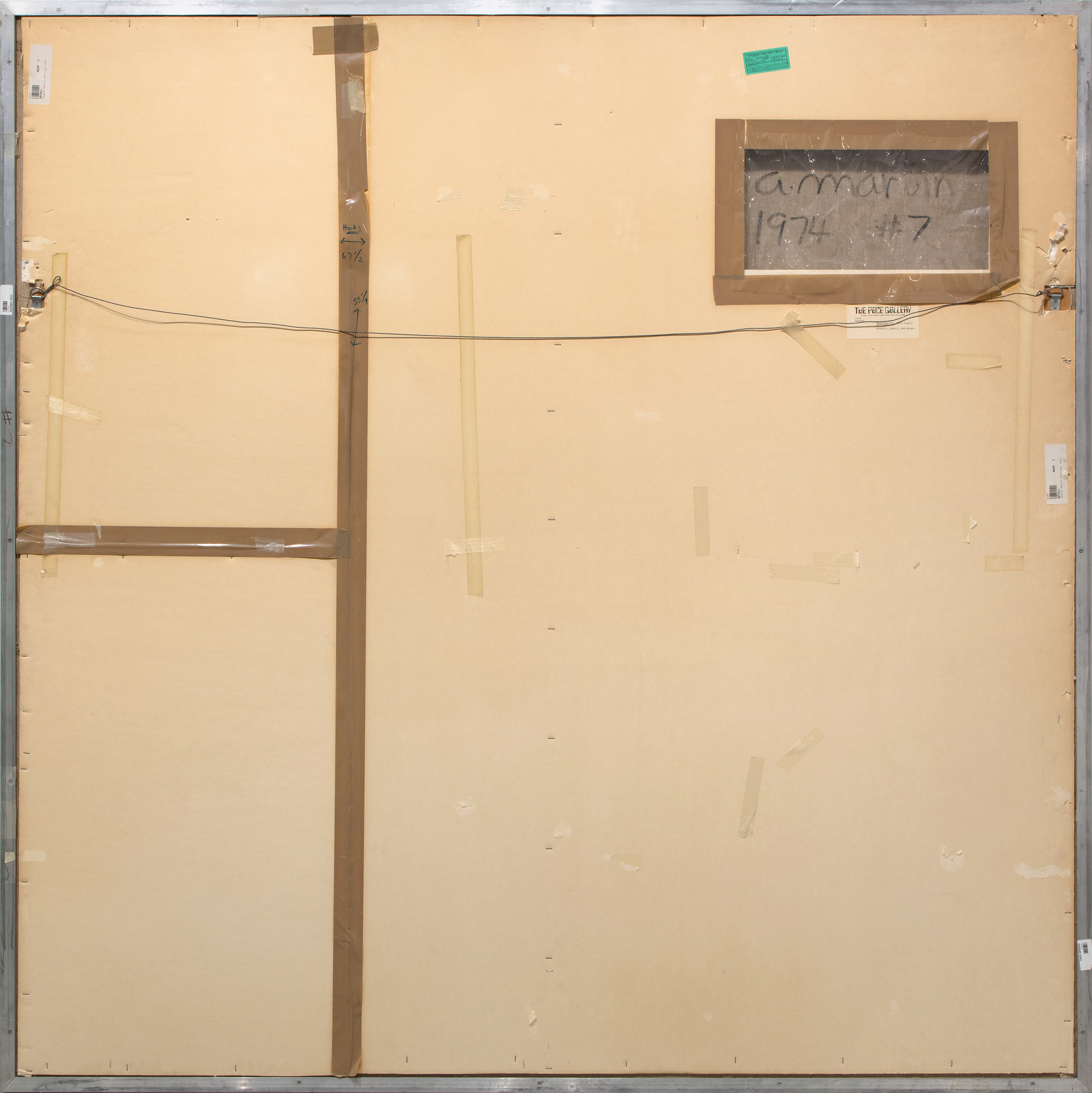
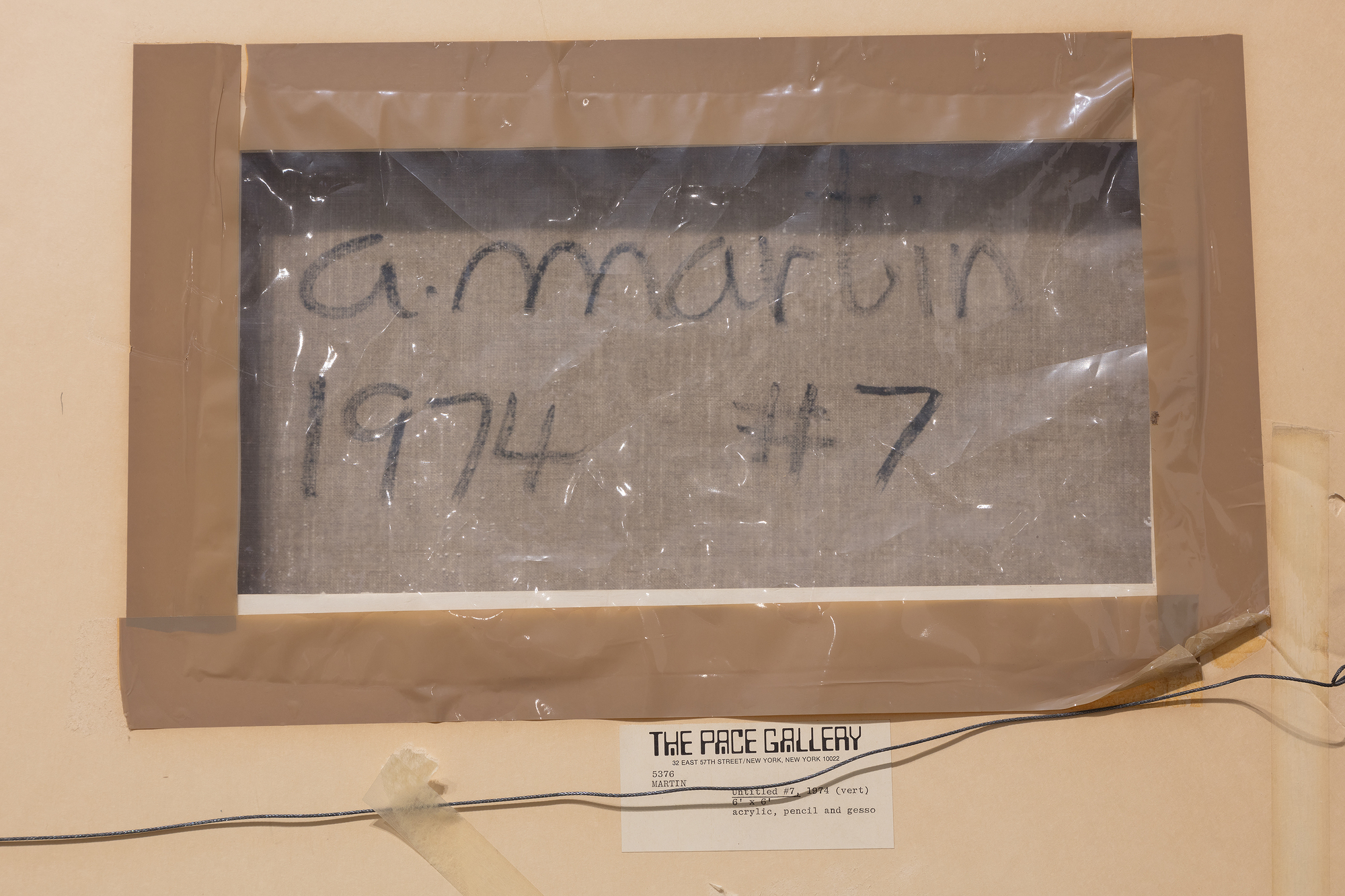
Provenance
Galerie Pace, New YorkHelen W. Benjamin, New York
Sotheby's New York, 8 mai 1996, lot 50
Collection privée, États-Unis
Ace Gallery, Los Angeles
Collection privée, acquise auprès de la personne susmentionnée, mai 1998
Exposition
New York, Pace Gallery, Agnes Martin : Nouvelles peintures, 1975Littérature
Beeren, W.A.L., Bloem, M. (1991), Agnes Martin : Peintures et dessins 1974-1990, Stedelijk Museum. p. 62 (illustré)Bell, T., Agnes Martin Catalogue Raisonné : Paintings [En ligne], Cahier's d'Art Institute
Gruen, J. (septembre 1976), "...Plus.....Agnes Martin : "Tout, tout est une question de sentiment... de sentiment et de reconnaissance"". Artnews, p. 91, illustré en couleur
Gula, K. (mai-juin 1975), "Review of Exhibitions : Agnes Martin at Pace", Art in America 63, p. 85, illustré en couleur
...MOINS.....
"No. 7" (1974) est l'une des premières peintures de cette deuxième phase majeure de sa carrière. L'intention est de mettre l'accent sur une réorientation dramatique de la couleur plutôt que sur la ligne ou les grilles tabulées de son travail d'avant 1967. Une observation distanciée des bandes pâles et luminescentes permet d'apprécier les changements subtils et radieux entre les zones de couleur. De nombreux phénomènes naturels et éléments inhérents à l'expérience du désert du Nouveau-Mexique ont pu inspirer ces idées nouvelles et expansives. La verticalité des mesas, des falaises et des ravins, ou les rayons de lumière qui traversent les nuages pour atteindre le sol du désert, ont pu inspirer l'orientation verticale de l'œuvre. Cependant, l'impact de "No. 7" (1974) est certainement dû à sa dévotion aux idéaux bouddhistes et taoïstes qui recherchent la beauté de l'intérieur, et non de points de référence étrangers. Martin demande au spectateur de considérer ses faisceaux répétitifs ou ses bandes de couleur pâle comme une sorte de mantra autant que comme une expérience visuelle. Elle défie la capacité de notre imagination, l'encourageant à s'exprimer librement et à considérer cette œuvre comme un objet de contemplation, tout en sachant que ses peintures exigent un certain degré d'engagement. Et comme pour réprimander ceux qui n'ont pas la patience d'absorber l'impact de l'éclat mystique d'un autre monde inhérent aux peintures ou la façon dont elles affectent la conscience de chacun du potentiel d'expression du sublime, nous avons son commentaire : "Il n'y a personne qui ne puisse rester tout l'après-midi devant une chute d'eau".


